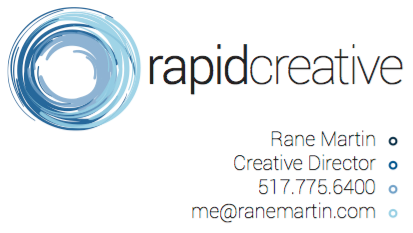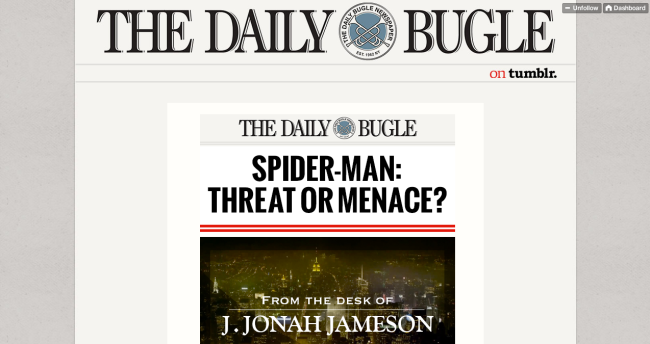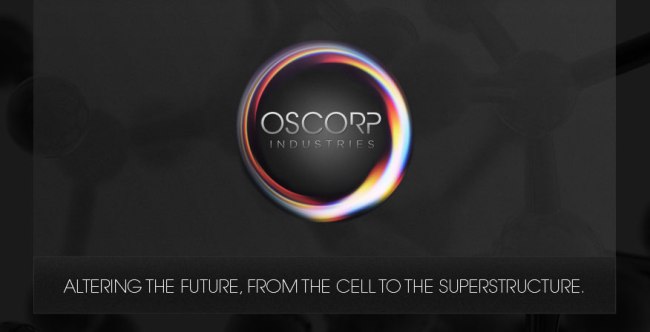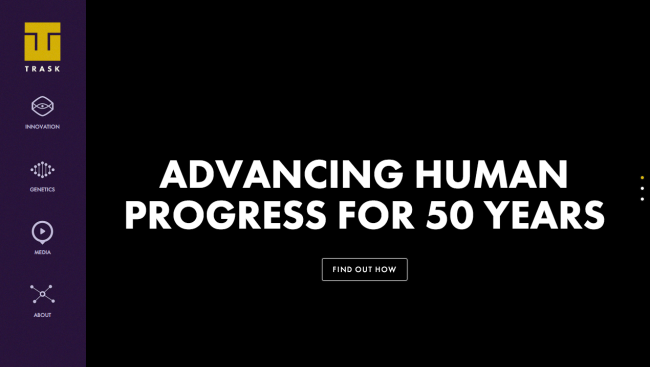X-Men: Days of Future Past has created another viral microsite for the upcoming film. This site details the story of how Magneto was arrested and found guilty for the assassination of President John F. Kennedy. According to the information on this site, authorities believed that Magneto used his mutant ability (he is able to alter magnetic fields) to change the trajectory of Lee Harvey Oswald’s bullet, asserting this so-called “Bent Bullet Theory”. The site itself is interactive and allows you to scroll through a series of panels that chronicles the events that took place. The site uses grainy, full-framed, and sometimes moving images to tell the story. The creators did a great job at giving this site an old-yet-sleek, 1970s-feel and did an even better job at getting X-Men fans (like myself) even excited to see the film – if that is even possible. My favorite part is the tour of Magneto’s prison cell, built courtesy of the great people over at Trask Industries. The narrated informational tour explains in detail how Trask Industries was able to design a cell that is capable of containing a man who can manipulate metal.
Something worth noting here is that I discovered the site after seeing a tweet with a link to an article about it. The website and corresponding YouTube video (below) have already garnered a good amount of online media coverage and will certainly help generate significant social media buzz for the film and its (very slowly…) approaching release date (which is May 22, 2014 – in case you don’t already have it in your calendar).
Check out my screen grabs and the YouTube video that goes along with the site and, of course, the website itself. While you are doing that, imagine how much fun the people behind this site had while making it.
Front Page


Tour of Prison Cell





















